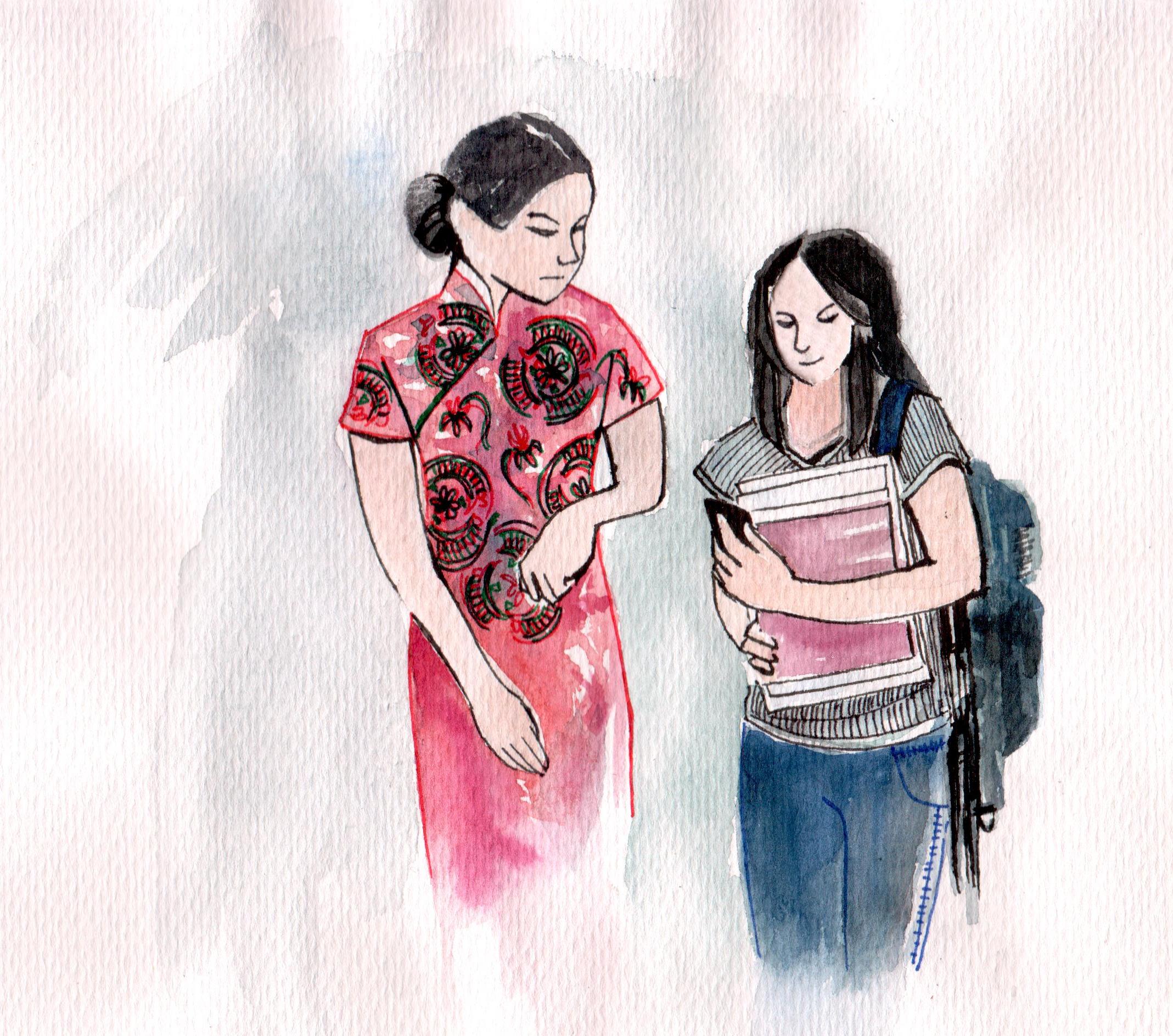
I don’t particularly like being told what to do, and I like having my intentions misinterpreted even less; it’s these predispositions that have made cultural appropriation a difficult issue for me to work through. Of course, it’s easy to look at me — white skin and all — and think of my reaction as typical. But, just like the issue I’m exploring, it isn’t that simple.
Cultural appropriation is a term most of us have heard, but not one that all of us understand. Generally, it describes the incorporation of one culture’s tradition by someone outside of that culture, both as the result of privilege and ignorance. This can mock or belittle another group’s traditional practices or beliefs, and ignore the history of violence and prejudice endured by these cultures.
However, cultural appropriation shouldn’t be used to describe a group’s or individual’s actions without thoughtful consideration on both the part of those doing the appropriating and those affected. As a rule, we should aim to define cultural appropriation not only by the use of another’s culture, but by the intention behind it.
On the internet, one can find countless examples of cultural appropriation: from celebrities distastefully clad in traditional garments to music festivalgoers sporting sacred feather headdresses. These examples are insulting, and set our society back in terms of overcoming prejudice and discrimination. Whether or not we’re aware of it, appropriation can change and distort the way we perceive different cultures.
We all have a responsibility to understand what cultural appropriation is, what it means, and how best to avoid it.
While cultural appropriation should not be considered a synonym for racism, the two are inextricably linked. Whereas racism is generally more overt — joining the KKK, for instance, or using racial slurs — cultural appropriation is usually much more subtle, and often condoned by our society. Sometimes, those who appropriate cultures don’t even know they’re doing it. Which is why we need to talk about it more.
Cultural appropriation is nothing new; it’s been happening since there have been cultures to appropriate. Because of this, some argue that appropriation is natural, that it’s a foregone conclusion when two different cultures interact. However, this stance fails to take into account the fundamental difference between appropriation and appreciation. One is done with consent, respect, and understanding; the other isn’t.
The difference between the two isn’t always obvious. For example, I once had a Chinese-themed birthday. We ate Chinese food, I wore my Cheongsam, and hanging from the ceiling were cheap paper lanterns straight out of a Chinatown restaurant.
Out of context, this sounds like a prime example of fetishizing and belittling one culture for the amusement of another. But here’s the thing: when I was nine, I thought that it was the best party idea ever. So did my half-Chinese mother.
I come from an ethnically mixed family, and am of Chinese, French Canadian and English descent. This means that I grew up having Dim Sum with one grandparent and Yorkshire pudding with the other, and that was my idea of ‘normal.’ Even though I may look white, Chinese culture has been an important part of my upbringing, and remains a key aspect of my identity.
People often noticed my Anglo-Saxon features and wrote me off as ignorant for identifying with Chinese culture. To me, it was unfair that I couldn’t participate in certain activities or wear certain clothes without negative connotations — all because of history that I wasn’t alive for, hateful acts done by those I will never meet, and the ideals of those with whom I don’t agree.
But I’ve since realized that how I feel doesn’t make a difference on this issue. The groups that are most sensitive to cultural appropriation are those that have suffered judgment and prejudice in ways that I can never truly understand.
Ultimately, appearances send a message, and, unlike my wardrobe, I can’t change the features I was born with. I can look into my grandfather’s almond eyes with love and familiarity, but that doesn’t mean I have those same eyes. There is no way I can expect people to know my cultural background at first glance, and that’s something I’ve struggled to accept my whole life.
But it’s helped me to better understand where the line between cultural appropriation and cultural appreciation is drawn. A balanced exchange between both groups, done with appreciation and respect, is what we should aspire to, even if it’s a difficult concept for many to understand.
This might be the toughest aspect of cultural appropriation for me to reconcile. After all, today’s global community is filled with fusion: there are marriages between people across racial and cultural boundaries; recipes, music, art and dance being shared, mixed, and recreated. But this doesn’t make cultural appropriation obsolete; in fact, it’s more important for us to understand now than ever before.
With so much intermingling of culture, we all have a responsibility to understand what appropriation is, what it means, and how best to avoid it. It’s complicated, and likely to become even more so in the future. The best any of us can do is to encourage communication and understanding between cultures, and to make sure that we pay adequate respect to the cultures we’re borrowing from.
Educate yourself, ask permission, and pay attention to the messages you may be sending, even without meaning to.

How does having a themed party amount to cultural theft if you’re not trying to make fun of the culture and you’re not being racist ,and accept all people?
And what if we have a themed party because we find Chinese culture fascinating(In the good way) and respect it too?
And no,I’m not White but Asian Indian who actually lives in India.